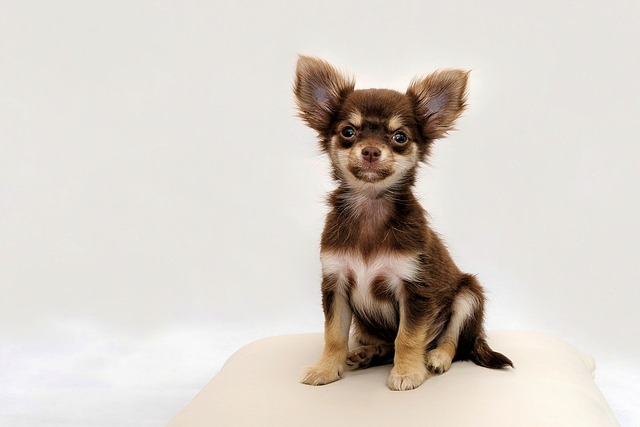
How do i train my dog to be obedient?
Watching your dog dart across the park ignoring your calls isn’t just frustrating—it can put them at risk near busy streets or public spaces.
Chihuahuas often bark excessively not out of stubbornness, but because their small size makes them feel vulnerable—this is a key point many owners miss. Start by identifying triggers: does your pup bark at delivery trucks, or when someone passes the living room window? Jotting these down helps target training, and it also keeps you compliant with local noise ordinances, which many cities enforce strictly.
Once you know the triggers, use desensitization paired with positive reinforcement. For example, if your Chihuahua barks at neighbors walking by, stand a few feet back from the window with treats in hand. When they notice the neighbor but don’t bark, say “good quiet” and give a treat. Gradually move closer over days—rushing this can make barking worse. This method aligns with animal behaviorist best practices, and it’s gentler than scolding, which often increases anxiety in small breeds.
Consistency is non-negotiable, especially with Chihuahuas, who thrive on routine. If one family member ignores barking but another gives attention (even to tell them to stop), the pup gets mixed signals. Set a rule: only reward quiet behavior, and redirect barking by calling them to you for a treat or toy. Also, check if your area requires a dog license—staying legal means you can focus on training without extra stress.
 Avoid common mistakes that fuel excessive barking. Never leave your Chihuahua alone for hours in a room where they can see outside all day—that’s a recipe for barking fits. Instead, provide a cozy spot with a bed and chew toy when you’re out, and close curtains to limit triggers. Also, skip shock collars or loud deterrents; many places ban these, and they harm the trust between you and your pup.
Avoid common mistakes that fuel excessive barking. Never leave your Chihuahua alone for hours in a room where they can see outside all day—that’s a recipe for barking fits. Instead, provide a cozy spot with a bed and chew toy when you’re out, and close curtains to limit triggers. Also, skip shock collars or loud deterrents; many places ban these, and they harm the trust between you and your pup.
Over time, your Chihuahua will learn that quiet behavior gets them what they want—attention, treats, and your calm presence. It won’t happen overnight; expect small wins, like a few seconds of quiet when the mailman comes, before longer stretches. Remember, this breed is loyal and eager to please—with patience, you’ll curb the barking while keeping their spunky personality intact.
Staying on top of local pet laws, like cleaning up after walks or keeping your dog leashed in public, goes hand in hand with training. A well-behaved, legal pup is welcome in neighborhoods, parks, and even some pet-friendly stores. By combining training with compliance, you and your Chihuahua can enjoy a happier, quieter life together.

Watching your dog dart across the park ignoring your calls isn’t just frustrating—it can put them at risk near busy streets or public spaces.

New puppy owners often find themselves rushing to clean up accidents before they set in, and that’s where puppy pad training becomes a game-changer.

If you've noticed your dog's waistline disappearing and your veterinarian has mentioned those few extra pounds, your first instinct might be to simply reduce the amount of food in their bowl.

Training a dog to use a designated spot indoors isn’t as daunting as many new owners fear, but it does take consistency and an understanding of your pet’s needs.

That moment of dread on a walk is all too familiar for many new dog owners. You see another dog approaching down the sidewalk of your neighborhood

If the sight of another dog on your neighborhood walk makes your heart sink as your own dog erupts into a frenzy of barking and lunging, you're not alone.